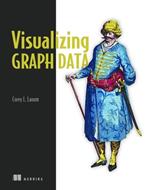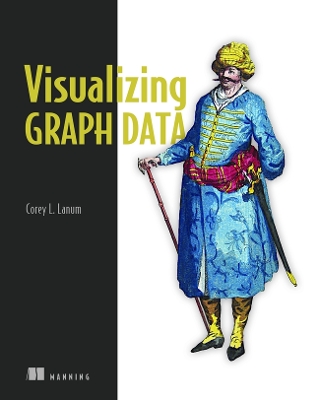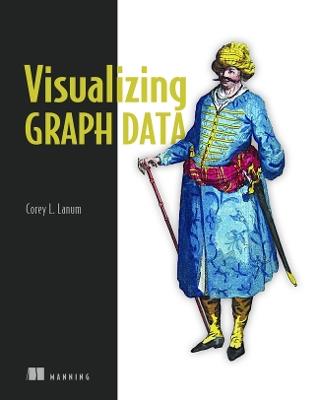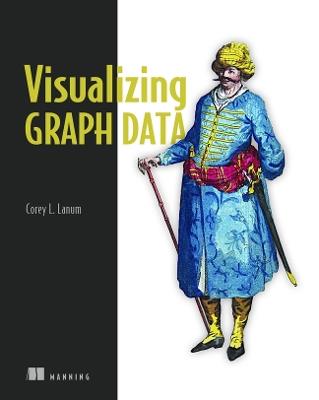L’articolo è stato aggiunto alla lista dei desideri
IBS.it, l'altro eCommerce
Visualizing Graph Data
Cliccando su “Conferma” dichiari che il contenuto da te inserito è conforme alle Condizioni Generali d’Uso del Sito ed alle Linee Guida sui Contenuti Vietati. Puoi rileggere e modificare e successivamente confermare il tuo contenuto. Tra poche ore lo troverai online (in caso contrario verifica la conformità del contenuto alle policy del Sito).
Grazie per la tua recensione!
Tra poche ore la vedrai online (in caso contrario verifica la conformità del testo alle nostre linee guida). Dopo la pubblicazione per te +4 punti
Altre offerte vendute e spedite dai nostri venditori



Tutti i formati ed edizioni
Promo attive (0)
One of the most powerful ways to understand data is to recognize the ways in which each datum-person, product, etc-connects to another. Visualizing these graphs makes it possible to literally see the connections. The graph model consists of data elements, called nodes, and edges, which are the relationships between these nodes. Graphs make the relationships between the data elements a core part of the data structure, which means you can better comprehend the meaning of your data. And visual data is easier for everyone to understand. Visualizing Graph Data teaches readers not only how to build graph data structures, but also how to create their own dynamic, interactive visualizations using a variety of tools. This book is loaded with fascinating examples and case studies to show the real-world value of graph visualizations. It begins by teaching fundamental graph concepts and techniques used to visualize graph data. Next, readers drill down to learn how to create their own useful visualizations, as well as additional tools. Readers also learn how to model data, create the best graphs for their particular audience, handle big data, and depict temporal and spatial data. By the end of this book, readers know to ask the right questions of data to create powerful visualizations. Key Features: * Real-world case studies * Teaches techniques for creating effective visualizations * Shows fundamental visualization concepts * Includes tutorials using the best visualization tools AUDIENCE A basic understanding of RDBMS systems is assumed. No previous knowledge of graph databases required. ABOUT THE TECHNOLOGY The graph way of thinking about data is becoming more and more popular as people value the relationships between bits of data as much as the data themselves. Key to understanding the complex structure of connected data is being able to visualize those connections.
L'articolo è stato aggiunto al carrello
Le schede prodotto sono aggiornate in conformità al Regolamento UE 988/2023. Laddove ci fossero taluni dati non disponibili per ragioni indipendenti da IBS, vi informiamo che stiamo compiendo ogni ragionevole sforzo per inserirli. Vi invitiamo a controllare periodicamente il sito www.ibs.it per eventuali novità e aggiornamenti.
Per le vendite di prodotti da terze parti, ciascun venditore si assume la piena e diretta responsabilità per la commercializzazione del prodotto e per la sua conformità al Regolamento UE 988/2023, nonché alle normative nazionali ed europee vigenti.
Per informazioni sulla sicurezza dei prodotti, contattare complianceDSA@feltrinelli.it
L’articolo è stato aggiunto alla lista dei desideri


